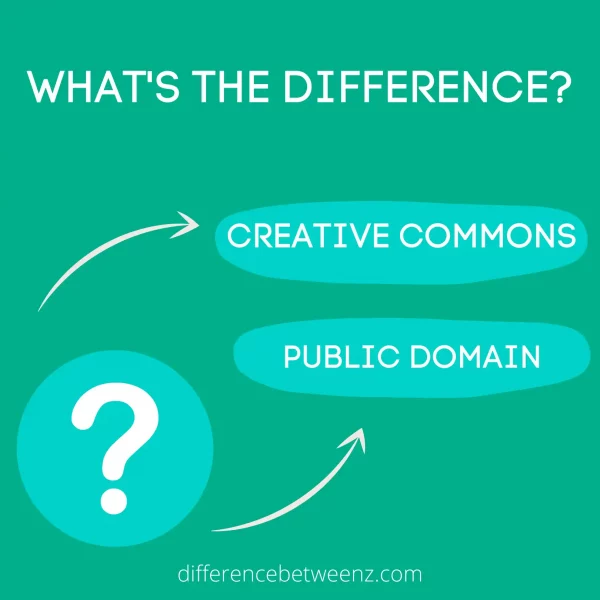When you create something — a painting, a song, a poem — do you want control over who can use it and how? Or are you okay with anyone who wants to use it for any purpose? This is the basic question behind the difference between Creative Commons and Public Domain. In essence, Creative Commons allows creators more control over their work, while Public Domain relinquishes all control to the public. Understanding the difference is important if you want to share your work online or use someone else’s work. Let’s take a closer look at both options.
What is Creative Commons?
Creative Commons is a nonprofit organization that enables the sharing and use of creativity and knowledge through free legal tools. Creative Commons licenses provide a flexible range of protections and freedoms for authors, artists, and educators. Creative Commons licenses are not an alternative to copyright. They work alongside copyright and enable you to modify your copyright terms to best suit your needs. Creative Commons provides several copyright-licenses for different uses. For example, the Creative Commons Attribution license lets others distribute, remix, tweak, and build upon your work, even commercially, as long as they credit you for the original creation. Creative Commons licenses are non-exclusive, meaning you can use a Creative Commons license alongside other licenses. Creative Commons also offers an impressive array of resources that explain the ins and outs of copyright law and Creative Commons licenses. Whether you’re a creator looking to share your work or someone who wants to use Creative Commons-licensed material, Creative Commons has something to offer you.
What is Public Domain?
Public Domain is a term used to describe a body of creative works and knowledge that is not protected by intellectual property laws. This means that anyone can use or distribute Public Domain materials without seeking permission from the creator or paying a royalty fee. Public Domain status can be granted by the government, by the creator of the work, or by expiration of copyright protection. Some examples of Public Domain works include the US Constitution, Shakespeare’s plays, and Beethoven’s music. Public Domain materials are an important part of our cultural heritage, and they play a vital role in promoting creativity and learning.
Difference between Creative Commons and Public Domain
When it comes to using copyrighted material, it’s important to understand the difference between Creative Commons and the public domain. Creative Commons is a set of licenses that allow for the use of copyrighted material under certain conditions. For example, some Creative Commons licenses allow for the material to be used for non-commercial purposes, or require that the user give credit to the original creator. The public domain, on the other hand, consists of works that are not protected by copyright law. This includes material that is in the public domain because it is expired, or because it was never eligible for copyright protection in the first place. As a result, anyone can use public domain material without asking for permission or giving credit. When using copyrighted material, it’s important to be aware of these differences in order to avoid potential legal issues.
Conclusion
So, what’s the difference between Creative Commons and Public Domain? In a nutshell, Creative Commons licenses allow creators to retain some rights to their work, while public domain content is free for anyone to use without restrictions. CC licenses are more common than PD licenses, but there are plenty of great resources available in the public domain. It all comes down to what you need and how much control you want over your work.


